
Looking under the hood at the Geneva Motor Show

Car shows aren’t about driving. Instead, they’re to do with closing doors, touching surfaces, twiddling knobs, and making yourself comfortable.
You can see the outside of a car anywhere, but getting inside is something you can only do at a motor show – like the Geneva Motor Show, one of the best in the world.
Unlike similar events in Detroit and Tokyo, no local car maker is under pressure to put on the best show.
Everyone’s playing away from home, which makes it a celebration of the car industry rather than an outlet for national pride. Perhaps because of this Swiss neutrality, the readers of respected British magazine “Car” recently voted Geneva their favourite of all the motor shows.
So what’s it like to visit? Although groups of young men are always attracted to the latest low-slung sports car like bees to a honeypot, in the main, the show is Mr and Mrs Average looking at ordinary family cars, trying before they buy.
It’s the makers of everyday cars whose stands are the busiest. Lots of new products are launched at Geneva every year; in 2012, the emphasis happens to be on the kind of cars your neighbours have on their driveways. And that’s not the Joneses.
This year, cheaper cars impressed with their attractive, soft-touch interiors. More expensive cars tend to disappoint; they’re nice inside, but not that nice, although there are exceptions.
Orderly queues were forming on Tuesday to climb aboard the new small Range Rover, the Evoque, for which Victoria Beckham was a style consultant. And Swedish car makers have always been strong on interior design, meaning that recently bankrupt Saab was missed all the more.
Slogans
Another feature of car shows is slogans. This year they ranged from the meaningless: “the power of presence”, through the emotional: “without heart we would be mere machines”, to the challenging: “think again”, culminating in the catchy: “simply(a)more”. The car firms whose ad agencies coined these were Alfa Romeo, Fiat, Hyundai, and Range Rover. But which is which?*
Car shows always have stars, and the undoubted show stopper this time round is the new Ferrari F12 Berlinetta. Outrageously fast (top speed over 340 km/h), unattainably expensive (price expected to exceed SFr300,000), and frighteningly gas guzzling (13 l/100km), it’s the one car everyone wants to see.
Exclusivity guarantees rarity, so it might be the only time you’ll ever get close to one. A feature of modern car design is the complex shapes creased into the metalwork, which is another reason why people come to auto shows, because these days many cars look rather different when seen for real than they do in photographs.
The F12 is a good example of this, to the extent that buyers should really be able to specify the same kind of turntable as is used at car shows. It really does look best when rotating slowly in the footlights.
The villain
On the other hand, if you want a pantomime villain, this year it has to be the Bentley EXP 9 F. The ungainly codename means this is not yet a production car, but it shows the direction in which Bentley is planning to go.
It’s a four-wheel-drive sports utility vehicle, of course, and absolutely enormous, with wheels as big as those on a Roman chariot. Everyone seems to agree that it’s extremely ugly, bling, and tasteless, at least from the outside. For some, it’s too much of a departure for a suave brand which was James Bond’s car in Ian Fleming’s novels.
Despite all the shortcomings, it will no doubt sell well because it will be the most imposing and most expensive SUV money can buy.
Increasingly car manufacturers are looking east for customers, and Moscow mafiosi and nouveau-riche Chinese entrepreneurs are just going to love this. Enthusiasts may disapprove, but the car makers know that the bottom line is all that matters. Will it be profitable? Yes.
Niche markets
Manufacturers these days are very adept at identifying niche markets, typically with so-called crossover vehicles, which combine the characteristics of two or more different kinds of car.
New at the show this year, for example, is BMW’s Gran Coupe, which is a four-door coupe, or coupaloon. The manufacturers love these vehicles because they can sell less car for more money. The excellent BMW 5-series is cheaper, roomier, more practical, and simply better than the Gran Coupe, yet somehow it’s less desirable.
BMW’s arch rivals at Mercedes-Benz reinvented the coupaloon a few years back with their CLS model. Like the Gran Coupe, the rear accommodation is designed for two people only, with a wide bulkhead between the two seats making it impossible to sit in the middle.
Which is where the excitement came in for this visitor, though not in the way you might expect. Just before I got in the back, some prankster cunningly engaged the childproof lock. I pulled the door closed with a satisfying Mercedes thunk, after which it simply refused to open.
The bulkhead prevented me from moving sideways along the seat to get out the other door, and with the battery disconnected, I couldn’t lower the window either. For a few thrilling moments I was trapped in a gilded cage, only managing to escape after some undignified rapping on the window to attract a passer by.
* In the order they appear in the text, the slogans are for Range Rover, Alfa Romeo, Hyundai, and Fiat.
The 82nd Geneva International Motor Show, which runs from March 8-18, is expected to attract over 700,000 visitors including 10,000 journalists.
Around 180 world and European premieres are announced.
For the first time the European Car of the Year award – the Chevrolet Volt/Opel Ampera – was announced at the motor show.
Around 40 per cent of visitors travel from outside Switzerland, with many from neighbouring Germany, France and Italy.
The organisers claim that the Geneva Motor Show is one of the five top motor events alongside Frankfurt, Detroit, Paris and Tokyo. It is said to generate SFr300 million ($254.3 million) in direct and indirect income.

In compliance with the JTI standards
More: SWI swissinfo.ch certified by the Journalism Trust Initiative
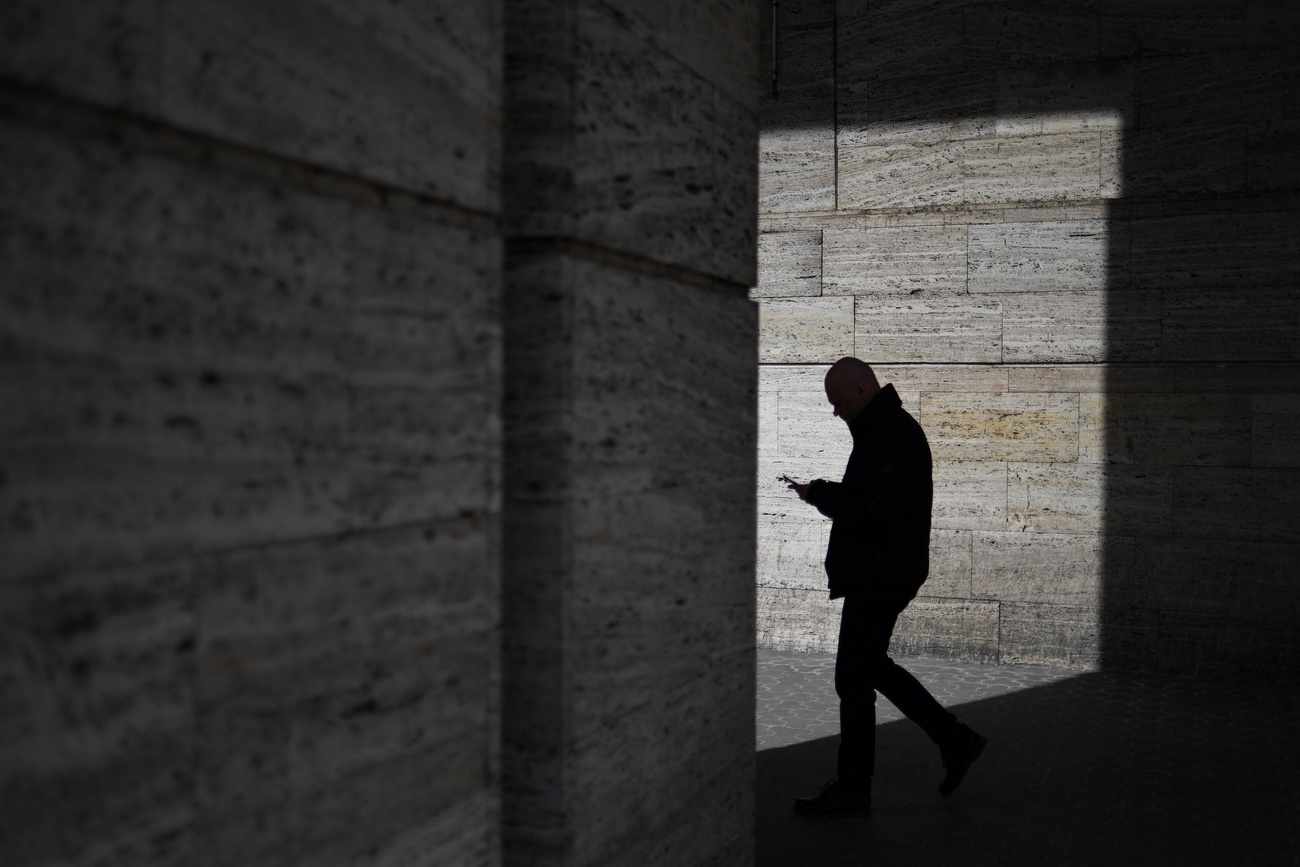







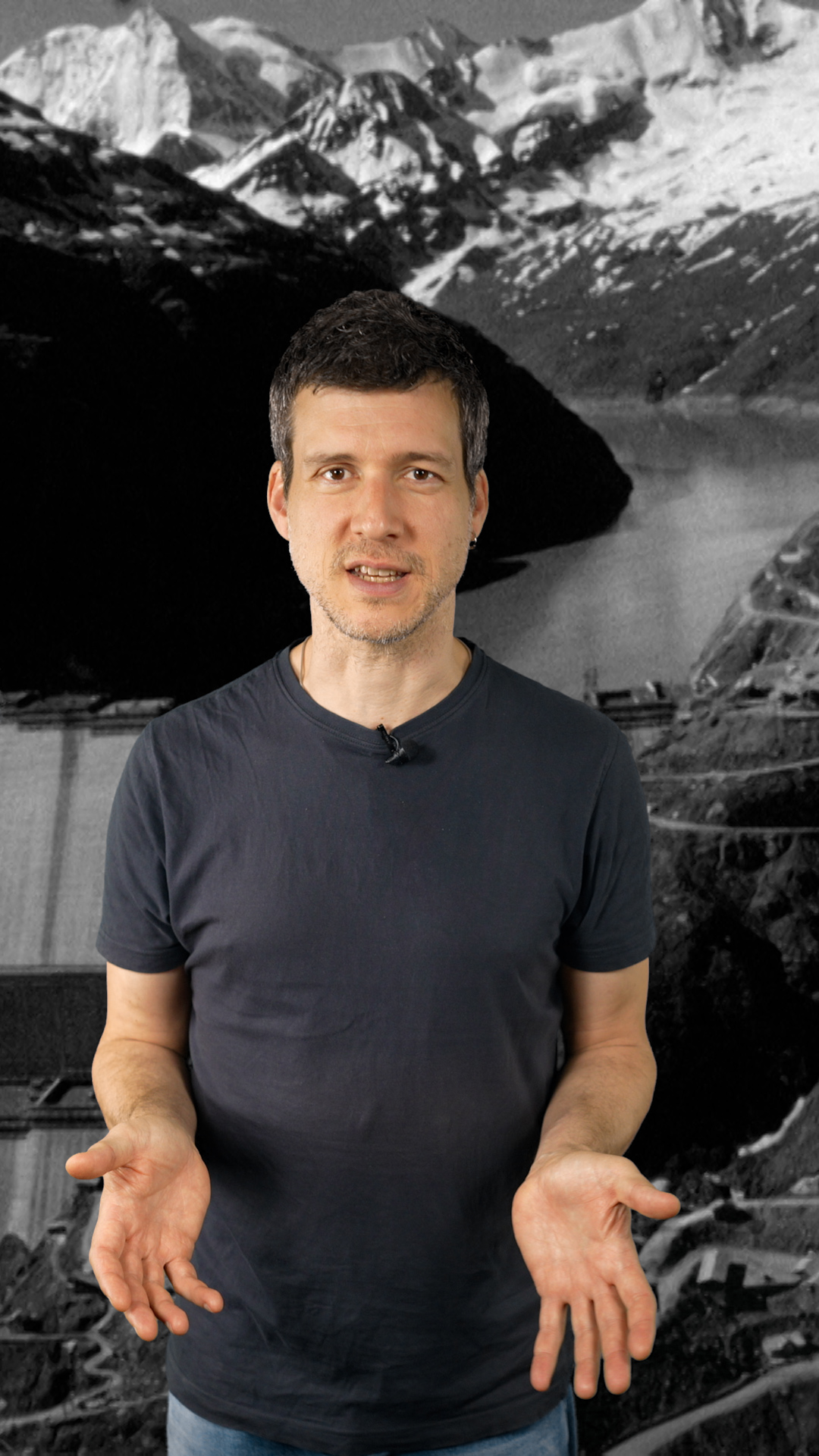







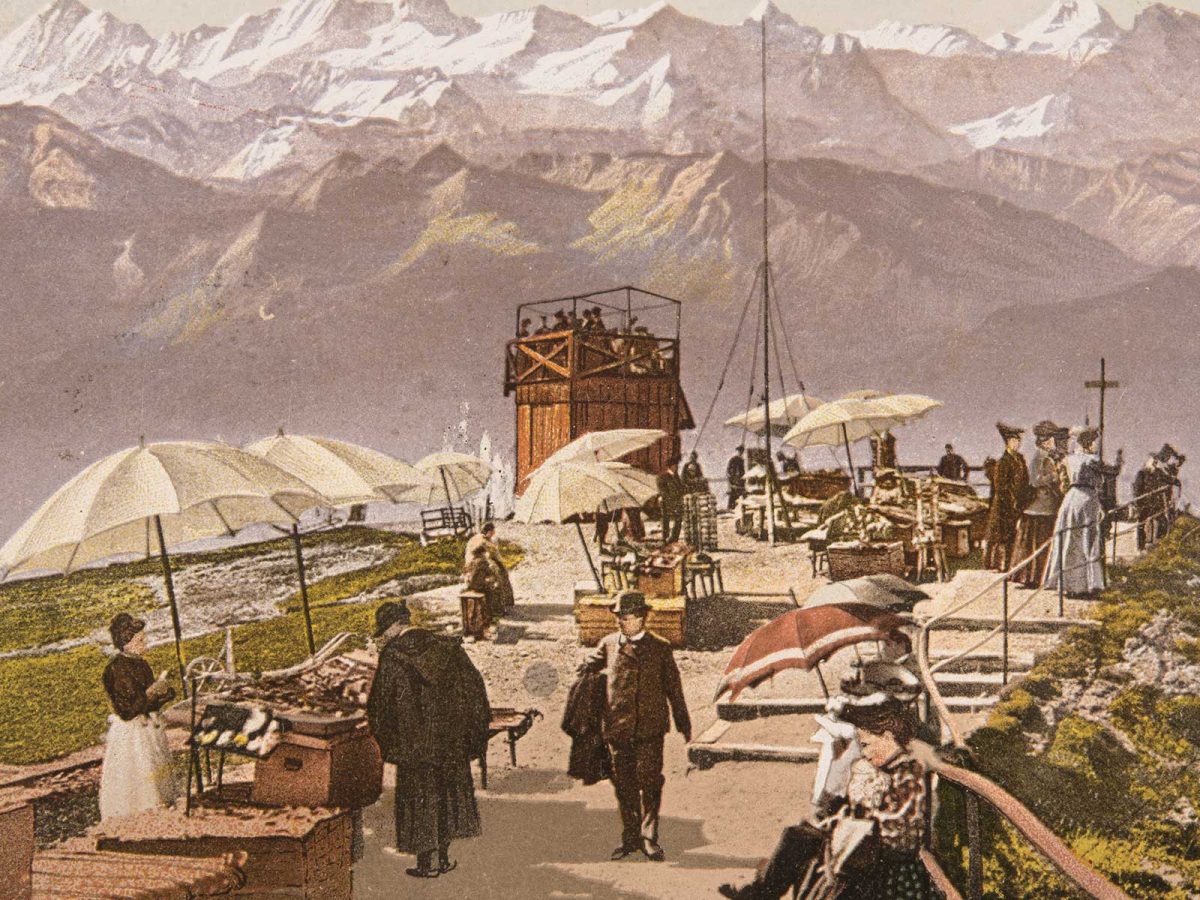










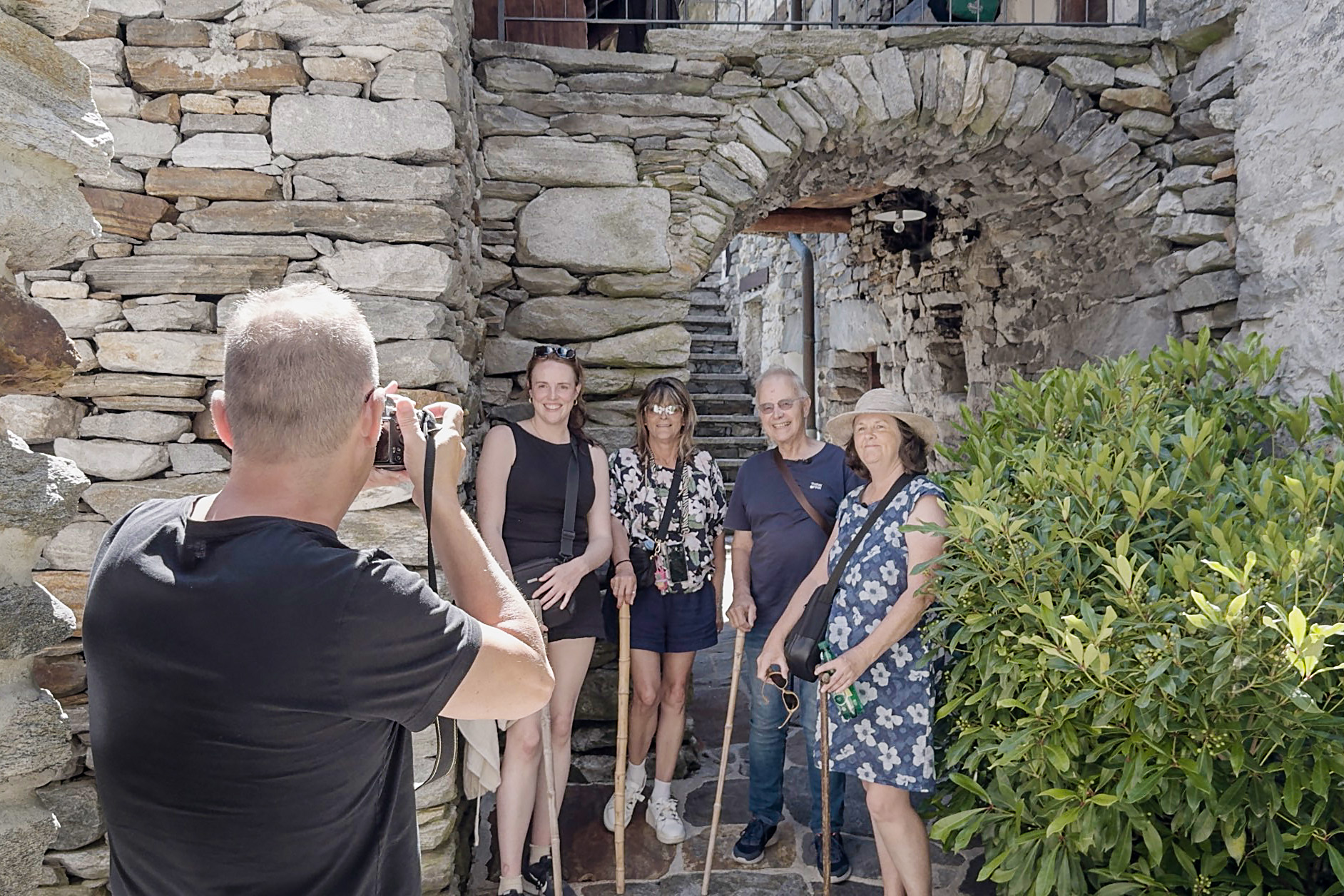


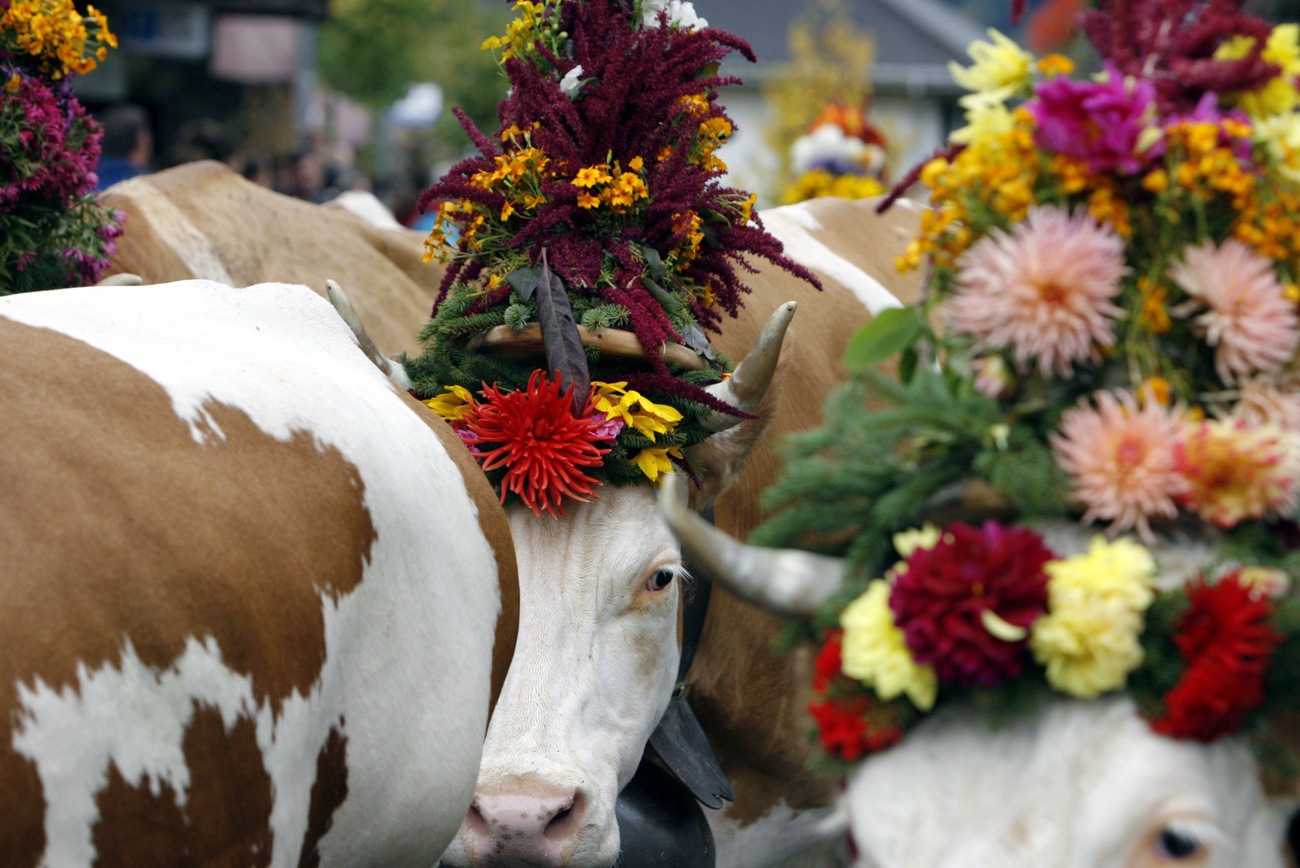
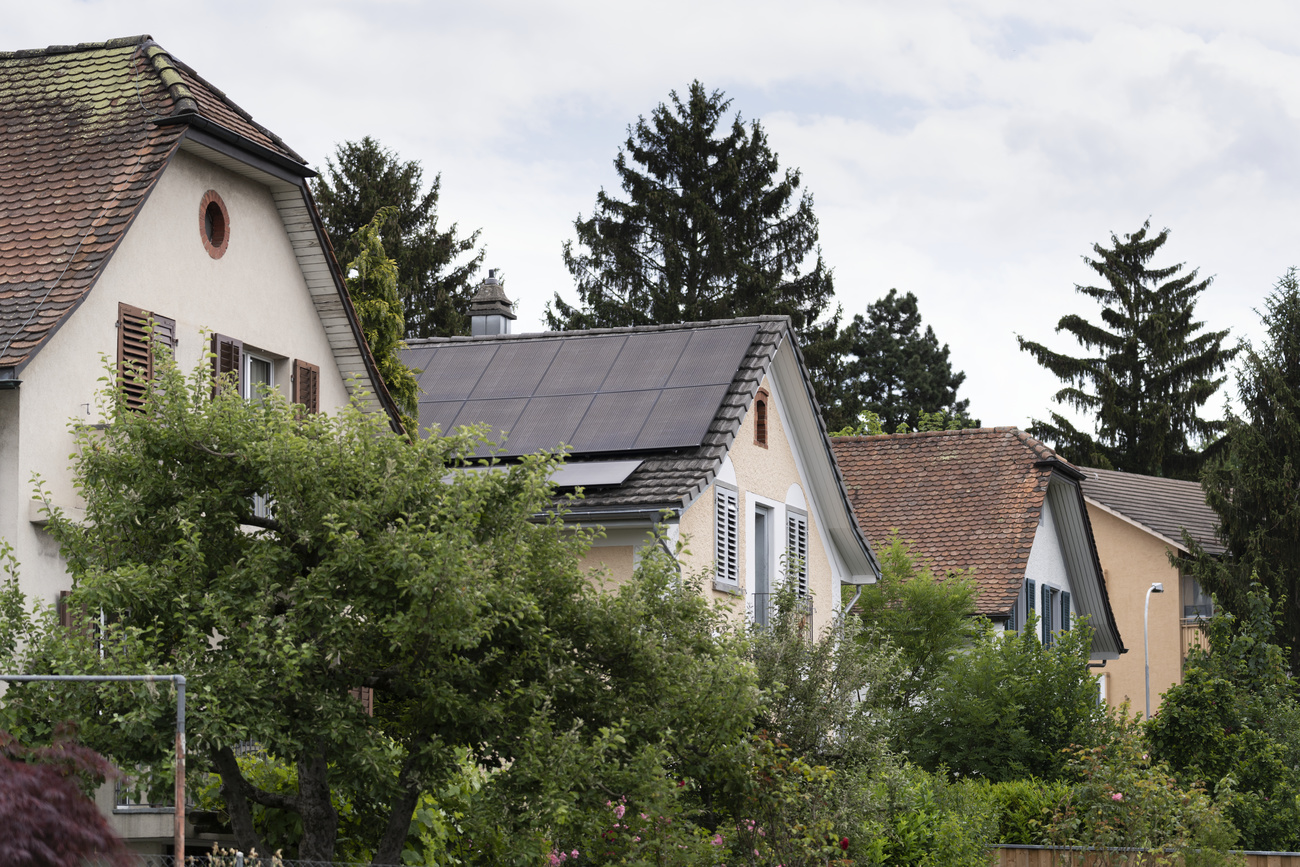



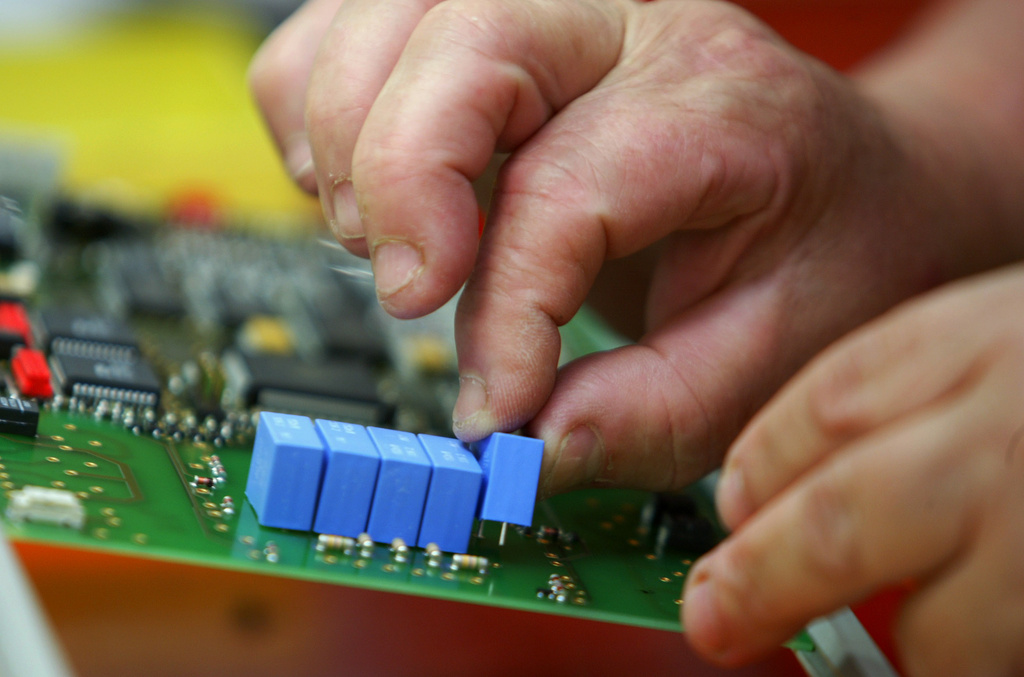

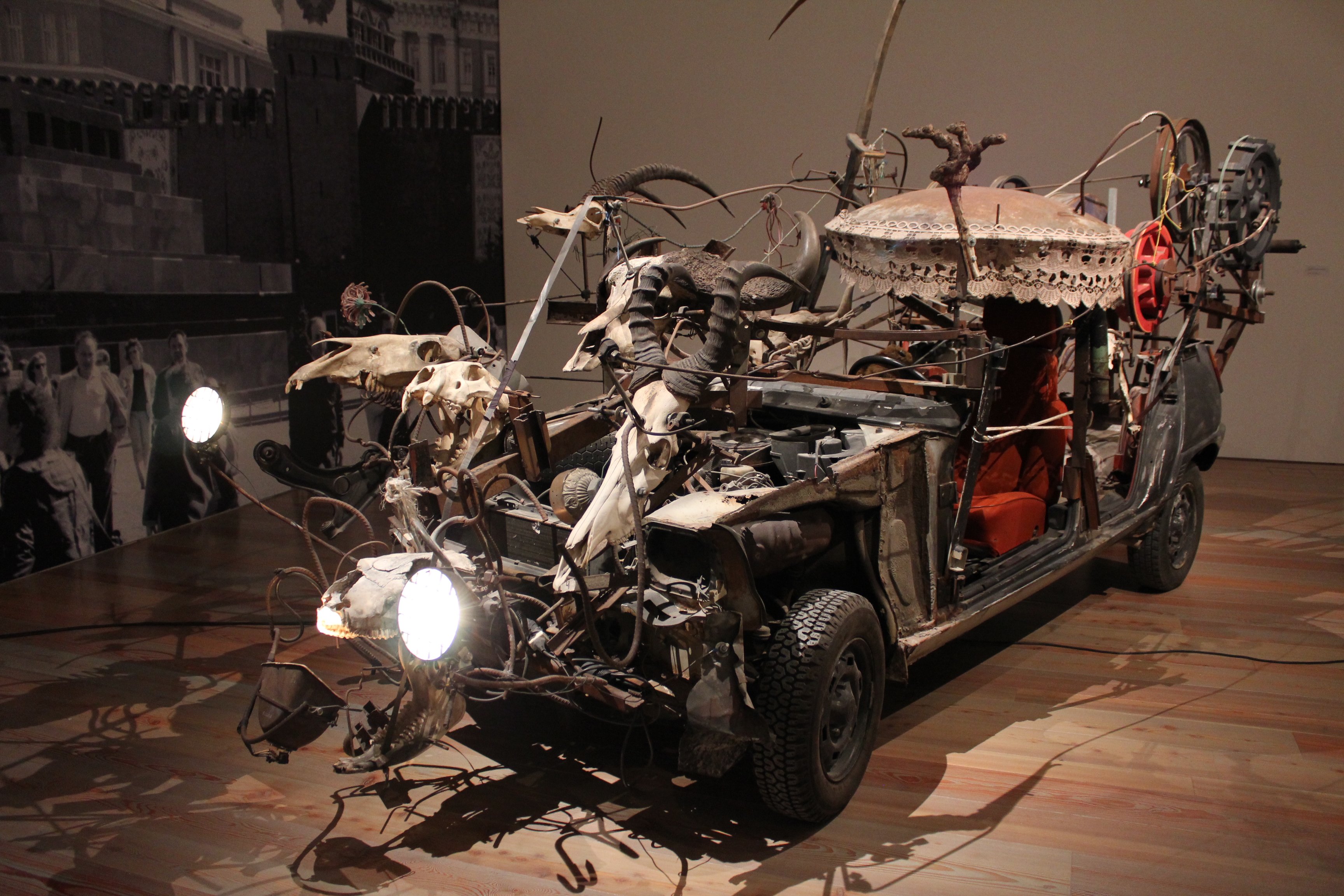
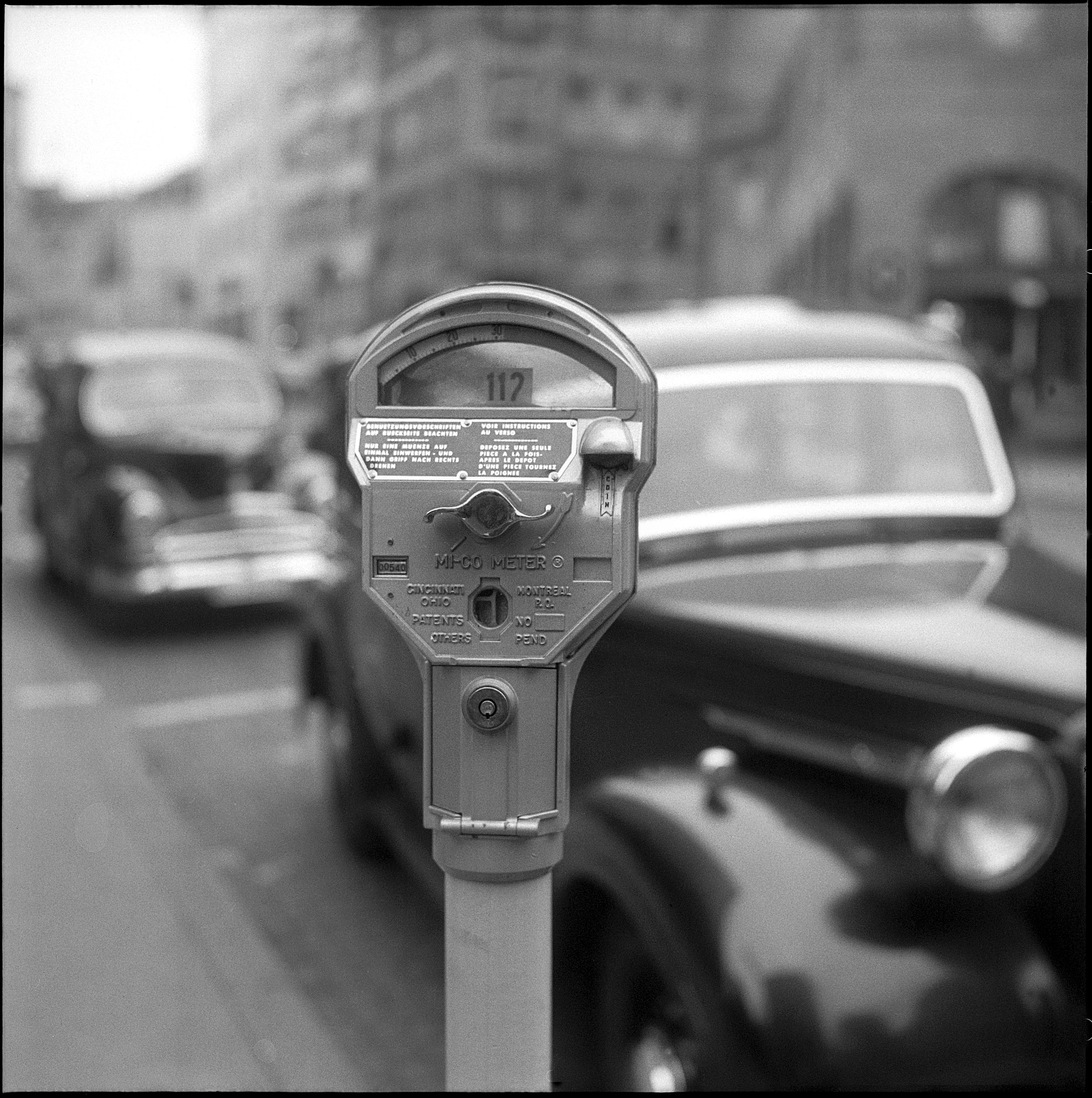


You can find an overview of ongoing debates with our journalists here . Please join us!
If you want to start a conversation about a topic raised in this article or want to report factual errors, email us at english@swissinfo.ch.